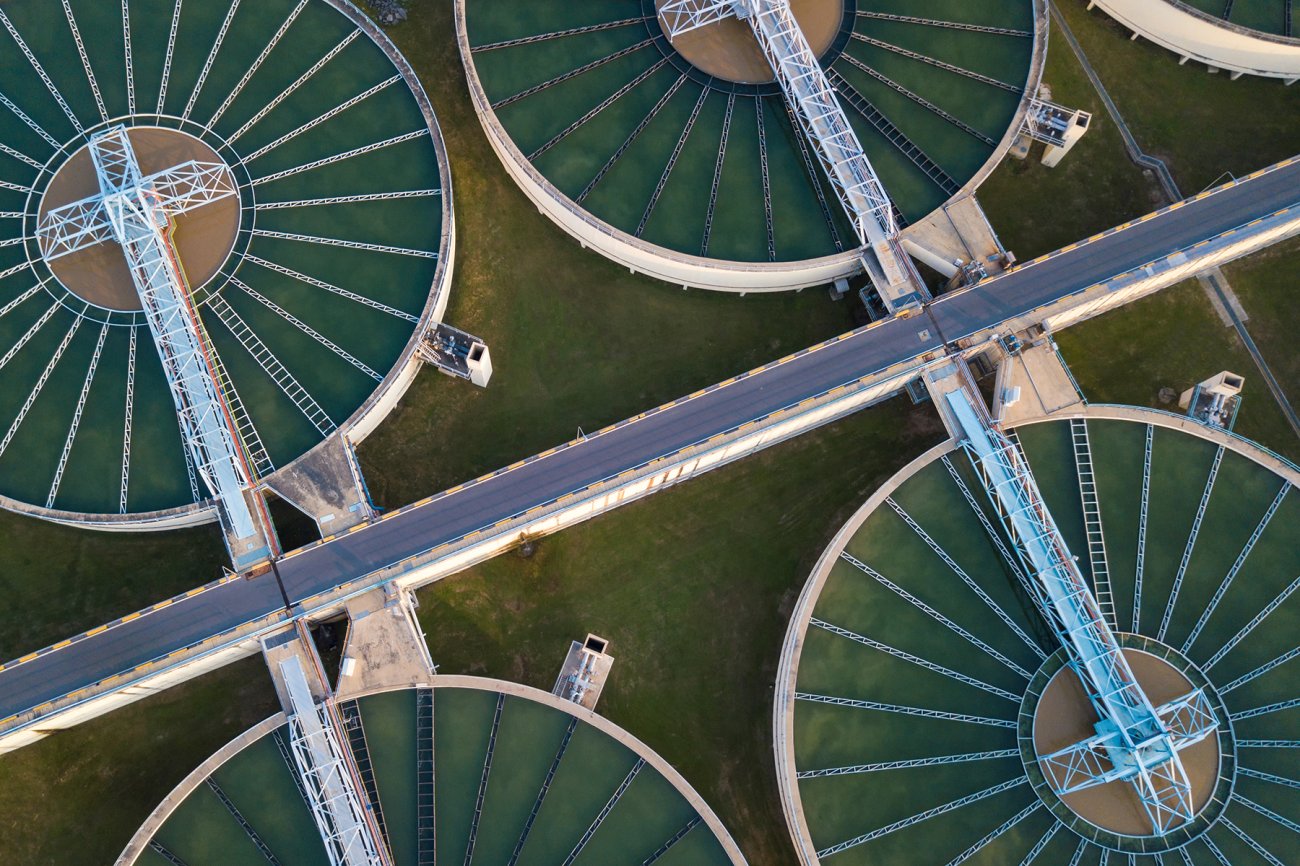The Facts About Reclaim Waste Uncovered
The Facts About Reclaim Waste Uncovered
Blog Article
Reclaim Waste for Beginners
Table of Contents7 Easy Facts About Reclaim Waste DescribedReclaim Waste Can Be Fun For EveryoneSome Known Details About Reclaim Waste The Facts About Reclaim Waste RevealedThe Of Reclaim Waste
Check out the kinds, occurrences, and kinds of liquid waste. Domestic sewer waste refers to the waste and items from a household sewage-disposal tank. This sort of waste is developed by people in houses, colleges, and other structures. This only includes sewage-disposal tanks that have a drain area. The proper monitoring and disposal of domestic sewer waste need fluid waste to be transferred to a sewer treatment plant where the proper techniques and devices are used to cleanse and dispose of waste.
Industrial waste frequently consists of possible dangers, such as flammable materials or a combination of fluid and solid waste items, and calls for an advanced and thorough disposal procedure. The disposal of industrial waste commonly involves the filtration of waste prior to transport to make certain secure and appropriate disposal. Hazardous waste is developed from results and overflow of industrial processes and manufacturing.
This kind of waste can not use the same sewer monitoring transport or procedures as septic or commercial liquids. The industrial waste management process requires the inspection and screening of fluid waste before it undertakes the disposal procedure (liquid waste disposal). Runoff waste is the liquid waste that originates from drainage and excess stormwater in very inhabited areas or cities
Overflow waste can trigger contamination and flooding otherwise taken care of appropriately. Find out more about drain cleaning and waste management. Ensuring proper waste management can avoid catastrophes and decrease environmental harm. Both individuals in residential setups and experts in business or manufacturing industries can gain from comprehending the procedures and policies of liquid waste administration.
Excitement About Reclaim Waste
Call PROS Services today to learn more about our waste administration and disposal solutions and the proper means to take care of the fluid waste you generate.
(https://www.intensedebate.com/people/reclaimwaste1)Do you know what happens to your water when you pull the plug, flush the bathroom or drain the cleaning equipment? No? Well, it deserves knowing. This so-called 'wastewater' is not just a vital resource but, after therapy, will be released to our land, rivers or the sea. Made use of water from bathrooms, showers, baths, kitchen sinks, washings and industrial processes is known as wastewater.

water used to cool equipment or tidy plant and equipment). Stormwater, a type of wastewater, is overflow that flows from farming and metropolitan areas such as roofs, parks, gardens, roads, courses and seamless gutters into stormwater drains pipes, after rain. Stormwater moves untreated directly to neighborhood creeks or rivers, ultimately reaching the sea.
The Greatest Guide To Reclaim Waste
In Queensland, the majority of wastewater is treated at sewage therapy plants. Wastewater is delivered from residential or commercial websites through a system of sewage systems and pump stations, recognized as sewerage reticulation, to a sewage treatment plant.
The Division of Natural Resources encourages neighborhood governments concerning handling, operating and click here for info keeping sewage systems and treatment plants. In unsewered locations, city governments may call for householders to set up individual or house sewer treatment systems to deal with domestic wastewater from toilets, cooking areas, washrooms and washings. The Division of Natural Resources authorizes the use of home systems when they are proven to be effective.
Most stormwater gets no treatment. In some new communities, treatment of some stormwater to remove trash, sand and crushed rock has actually begun utilizing gross pollutant catches. Wastewater therapy takes place in 4 phases: Gets rid of solid issue. Bigger solids, such as plastics and other objects incorrectly discharged to drains, are eliminated when wastewater is passed with screens.
Wastewater after that streams into big containers where solids resolve and are gotten rid of as sludge. Grease and residue are skimmed from the surface. Uses small living organisms referred to as micro-organisms to damage down and eliminate staying liquified wastes and great bits. Micro-organisms and wastes are included in the sludge. Removes nitrogen and phosphorus nutrients that might cause algal blossoms in our rivers and threaten aquatic life.
4 Simple Techniques For Reclaim Waste
Nutrient elimination is not offered whatsoever sewage therapy plants because it needs costly specialised devices. It is coming to be a lot more usual in Queensland. Clear liquid effluent created after therapy might still have disease-causing micro-organisms. If this effluent is released right into rivers such as rivers or the sea, the micro-organisms will ultimately pass away out.

The majority of wastewater flows right into the sewerage system. Under the Act, regional governments administer approvals and licences for eco pertinent activities (ERAs) including wastewater launches that may have a neighborhood effect.
Examine This Report on Reclaim Waste
Otherwise, examples are considered laboratory evaluation. Frequently lots of examinations are needed to develop the degrees of each of the various contaminants such as oils, hefty steels and pesticides in water. Tracking gives factual information regarding water high quality and can confirm that licence problems are being met. The info acquired via tracking gives the basis for making water top quality decisions.
Report this page